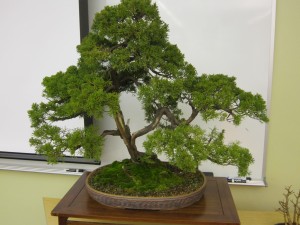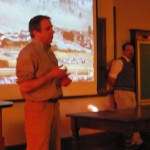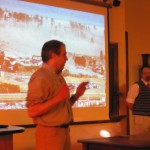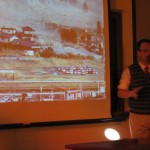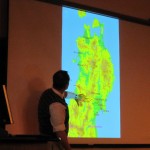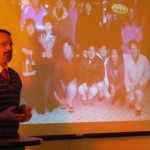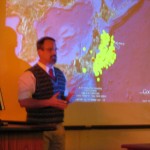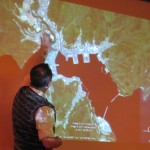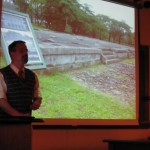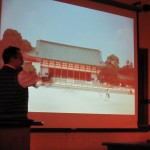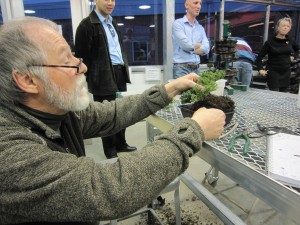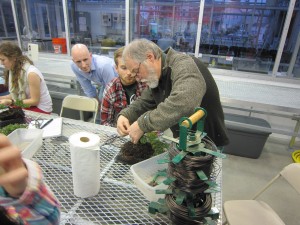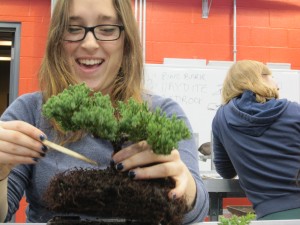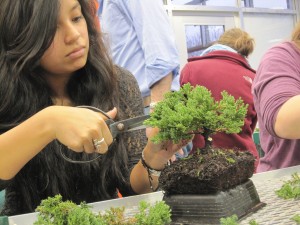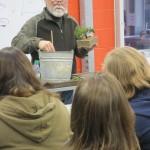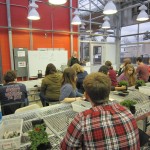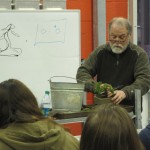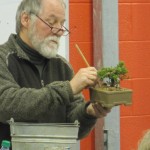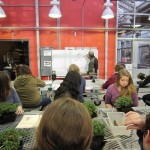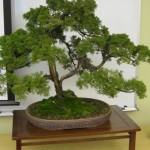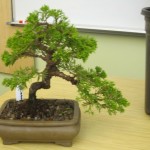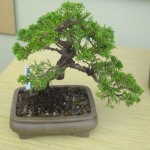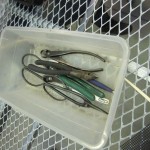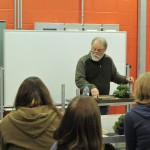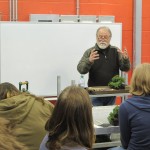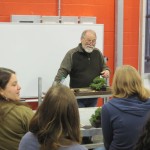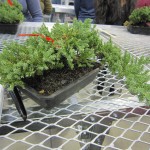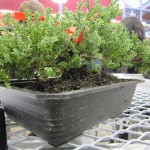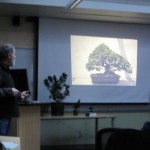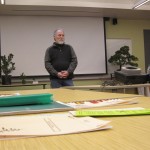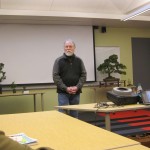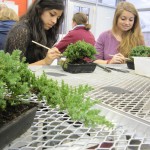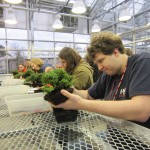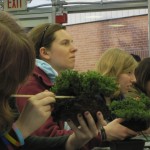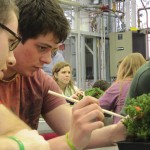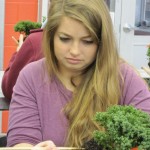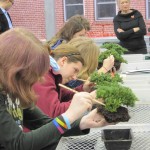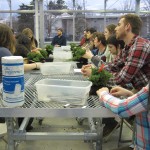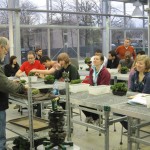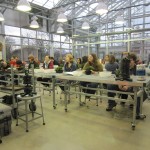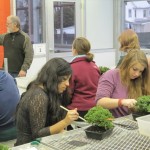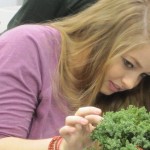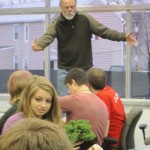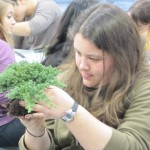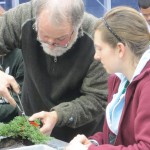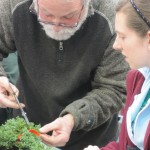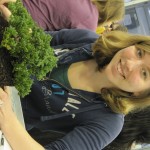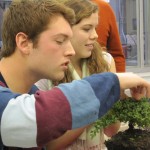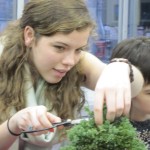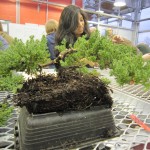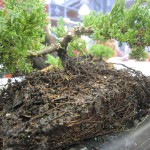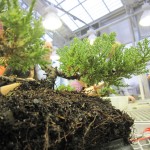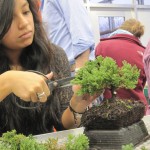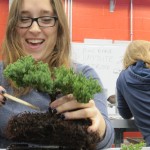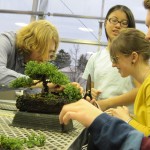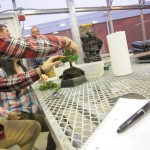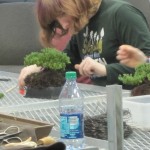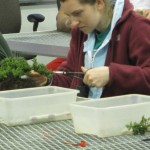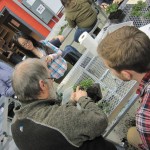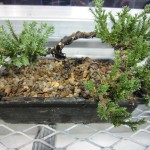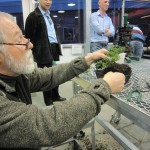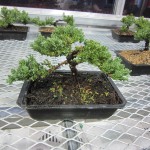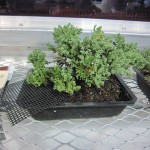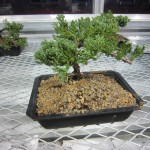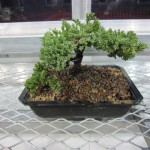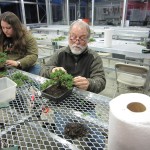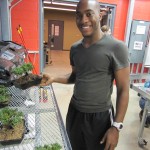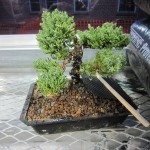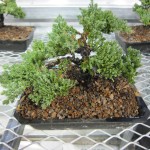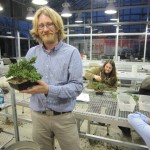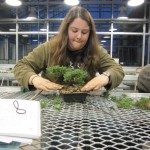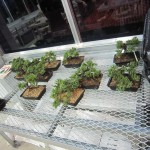Luce Initiative on Asian Studies and the Environment
Andy Moore gave a private colloquium on the 26th of February to a group of professors involved in our new Seismic Japan program. On Wednesday February 27 at 4:30 in Denny 317, he gave a public lecture on the same topic. He discussed Japan’s history with earthquakes and tsunamis as well as their resilience to natural disasters.
Members of the colloquium are currently reading selections from Gregory Clancey’s Earthquake Nation.
Featured Image: 2011 Japan earthquake aftermath.
If you missed the lecture, here’s what happened:
The lecture centered on tsunami preparedness and how the enormous preparations still allowed the deaths that occurred. The lecture did so by examining such cities as Arahama, Taro, and Sendai. One of his major points was that the coastline was actually quite prepared for a natural disaster, but perhaps the wrong one. He spoke extensively on Japan’s preparation for a tsunami similar to that of 1960 despite the widely known fact that much larger tsunamis had hit Japan in the past. Why didn’t they prepare for the largest tsunami they knew was possible? Smaller topics discussed were sea walls and their effectiveness, coastal forest barriers, and cultural faith in engineering.
Andy Moore is a sedimentologist currently teaching at Earlham College in Indiana. He obtained his undergraduate degree in geology from Carlton College where he filled his distribution requirements primarily with courses pertaining to Japanese culture. He obtained his masters degree and PhD from the University of Washington, where he worked with geologist and tsunami expert Brian Atwater. After years of sedimentology and tsunami research, he turned his focus to cultural perceptions of natural disasters and now wishes to understand the human side of disaster readiness.
At the colloquium: topics discussed included Japanese tsunami history, geological causes of the 2011 tsunami, engineering preparations, and extra-cultural analogues (like the Hurricanes Sandy and Katrina). A handful of professors, all experts in their fields, discussed these topics over dinner. The preparatory readings were Gregory Clancey’s “Earthquake Nation” and a chapter about the Korean panic from Dickinson Professor Alex Bates’ book in progress.
Post Image: Gregory Clancey, Earthquake Nation, cover.
Photo Credit: Aurora Wetherill
Want more information on our Seismic Japan program? Visit our Seismic Japan page!


